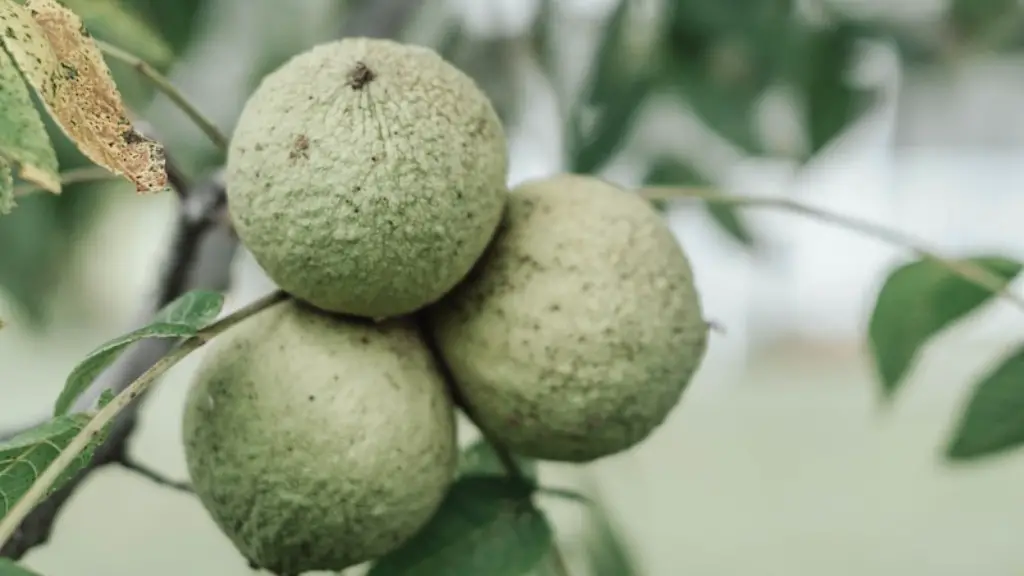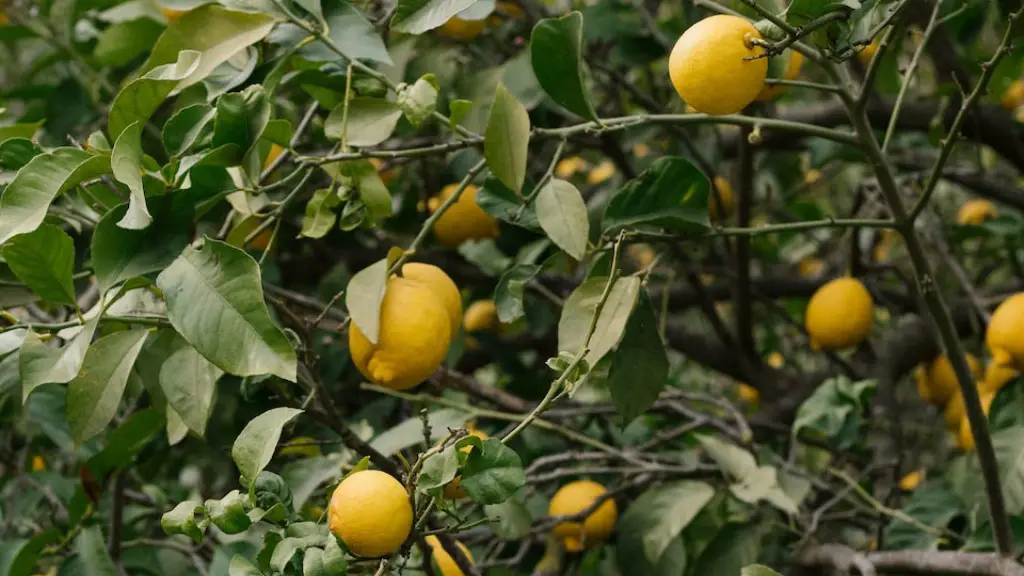When it comes to pruning a lemon tree, it’s important to understand the best time of the year for such a task. Typically, lemon trees should be pruned in late winter or early spring for best results. This pruning season allows for the plant to form a healthy structure and helps to promote fruit production. It is also the best way to keep the lemon tree healthy by removing diseased, dying, or overcrowded branches, as well as dead wood or crossing branches.
In order to determine when the best time to prune is, start by observing your lemon tree carefully. Take note of the tree’s shape, then wait until flowering is complete and the fruit is forming and growing. At this point, you can trim back some of the branches that are forming at the base of the tree and reducing the size of the canopy. Be careful not to prune too much as it could negatively affect pollination, fruit production, and the overall health of the lemon tree.
Before beginning to prune, you should identify any branches that are diseased, dead, or too dense for the size of the tree. Diseased branches should be removed completely, followed by dead or unhealthy branches. If the lemon tree is overcrowded, consider removing the smaller branches, being sure to keep the main stem and trunk of the tree intact.
Selectively pruning the lemon tree will help to encourage new growth as well as maximize sunlight, air infiltration, and pollination. Pruning should also be done with proper tools, such as hand-held shears, pruning saws, or loppers. When pruning, the angle of the cut should be around 45 degrees angled away from the main stem or trunk. Make sure not to cut too deeply, as this may cause damage to the tree.
Finally, clean the tools as soon as you are finished pruning. Not only will this help to ensure better future pruning results, but it will also help to reduce the risk of spreading any infections or diseases. Additionally, it is important to fertilize the tree after pruning so the plant can regain its strength.
Pruning Steps
When pruning a lemon tree, the following steps should be taken to ensure success: Identify any dead, dying, or diseased branches. Remove these branches completely. Also look for any overcrowded branches and select smaller branches for removal. Then make cuts that are angled away from the main stem or trunk at about a 45-degree angle. After pruning is complete, clean the tools and fertilize the tree.
Tree Shape
Pruning your lemon tree can help to maintain its shape and encourage the growth of healthy branches. When pruning to shape the tree, aim for a balanced shape that looks rounded when viewed from the top. This will help to maximize sun exposure, air circulation, and pollination efficiencies, ultimately resulting in better fruit production. Begin by removing some of the branches at the base of the plant and then selectively prune away to shape the tree as desired.
Tools and Use
When it comes to pruning, it is important to choose the right tools and to use them properly. Hand-held shears, pruning saws, and loppers are suitable tools for pruning a lemon tree. Whenever possible, make sure to cut just above the buds, leaves, and stems. This will help to ensure that the tree grows in the desired direction and keeps its shape.
Regrowth and Reinforcement
Pruning a lemon tree also helps to promote and encourage regrowth. As new branches emerge, be sure to reinforce them as needed. Additionally, fertilizing and watering the tree after pruning helps to promote healthy new growth. Be sure that the tree is getting enough sunlight and air circulation to keep growing and producing fruit.
Pruning Schedules
To maximize the health and fruit production of a lemon tree, consider following a regular pruning schedule. As previously mentioned, late winter or early spring is the best time of year for pruning. However, the tree should be observed throughout the year and selectively pruned as needed, such as to remove dead branches or to maintain shape. This will help to ensure the tree remains healthy and produces a good crop of lemons.


